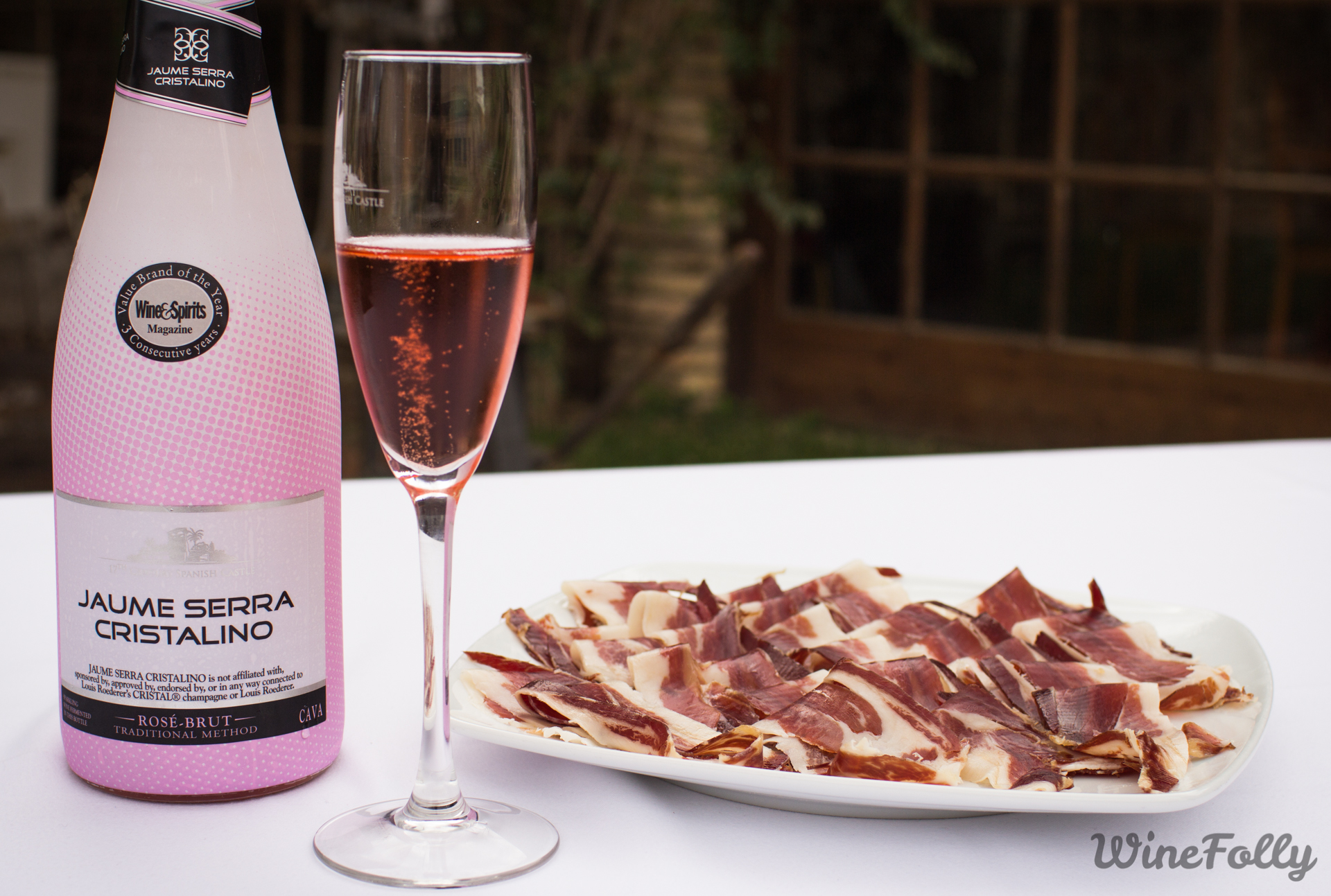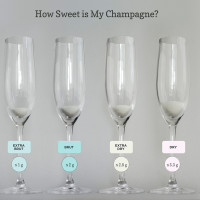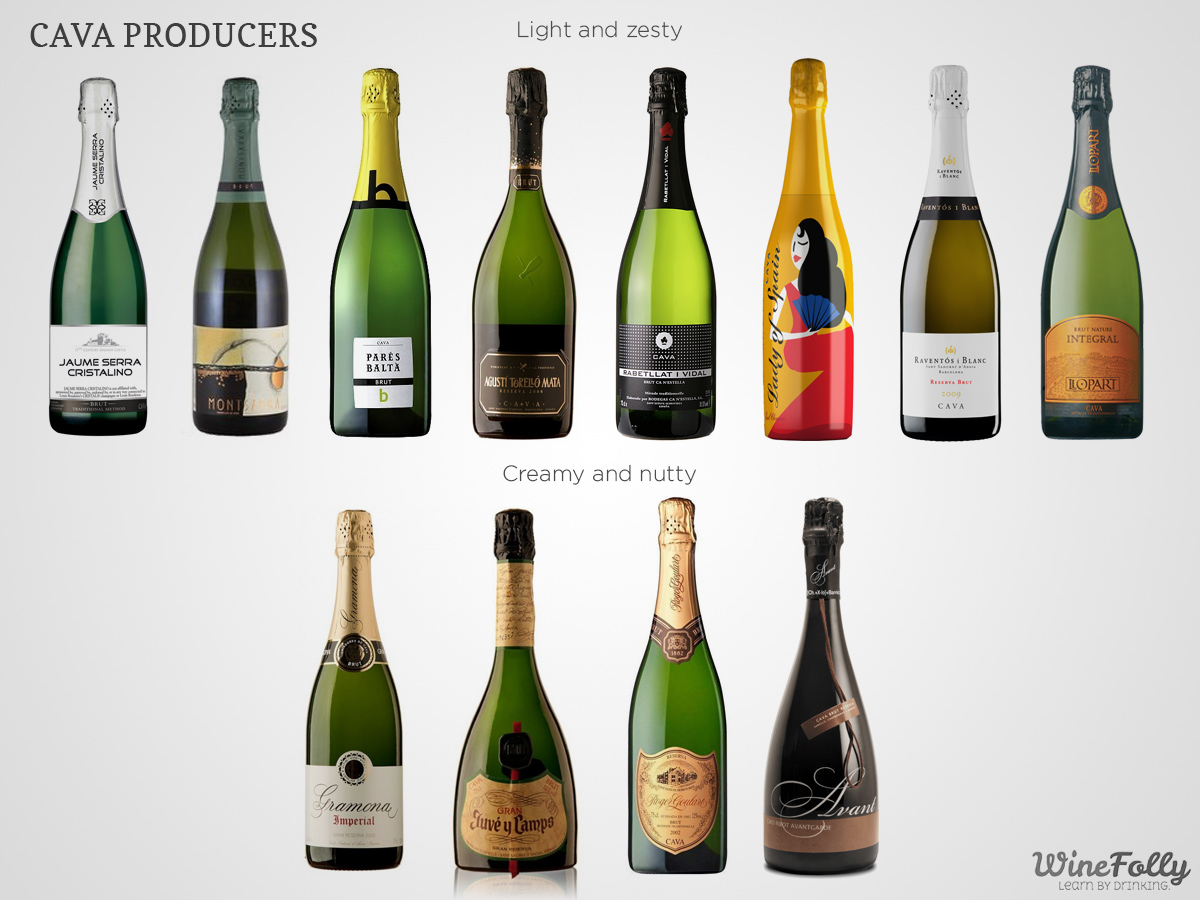If you drink sub-$20 Champagne on New Year’s Eve, chances are it’s either Prosecco or Cava. So you’re probably wondering…
What is Cava?
Cava is Spanish sparkling wine.
Cava is made the same way that Champagne is produced, but with different grapes.
Let’s find out what Cava is and what makes it unique. You’ll be surprised to know that Cava is far closer to Champagne (in terms of taste) than Prosecco. If you’re looking for value bubbly, Cava might be your bag.
Cava grapes
- Macabeu (white)
- Parellada (white)
- Xarel·lo (white)
- Chardonnay (white)
- Pinot Noir (red)
- Garnacha (red)
- Monastrell (red)
Taste the Difference of Cava
Macabeu (aka called Viura in Rioja) is the primary grape used in Cava production. Despite its importance, Macabeu tastes somewhat simple. It has faint floral aromatics, a lemony flavor with a slightly bitter finish that tastes similar to green almonds. Xarel·lo (sounds like ‘Cheryl-ooh’) on the other hand, is much more aromatic with rich floral aromas and pear/melon-like notes. The last grape, Paralleda, is blended for its ripping high acidity and zesty citrus flavors. Together the three Spanish grapes create a balanced fruity sparkling wine that’s less sweet than Prosecco but not as nutty as Vintage Champagne.
Is Cava sweet? No, not usually. Cava is far closer to a non-vintage Champagne or an American Sparkling wine. Let’s break down the styles of Cava:
The Styles of Cava
Brut & Brut Nature Cava
Fruity Refreshing Aperitif
Brut Nature is a specific category within Brut that has even less sweetness. This style is growing in popularity because it’s lower in calories and Brut Nature is a great alternative to cocktails and lager.
- Brut Nature: 0-3 g/l residual sugar
- Extra Brut: 0-6 g/l residual sugar
- Brut: 0-12 g/l residual sugar
- Semi Seco: 12-17 g/l R.S. (aka Extra-Dry )
Cava Rosé
Pink!
To make Cava have pink in it, winemakers must add other grapes to the mix. It’s common to see Spanish Garnacha (aka Grenache) blended in for its strawberry and raspberry aromas and Monastrell (aka Mourvedre) added for its antique pink hue and peachy-floral smells. Also, Pinot Noir is growing in popularity even though it’s not a traditional grape.
Vintage and Aged Cava
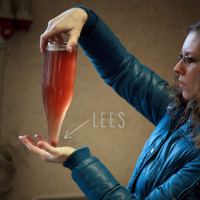
Learn how Cava is made
Nutty and toasty
Most people know Cava as a simple aperitif with zesty aromatics, but more producers are aging their wines. Vintage and Cava aged on the lees have incredible body with baked notes of apple and almond. Many of these prestige bottlings use Pinot Noir and Chardonnay grapes (the classic Champagne grapes). While using French grapes doesn’t seem true to Spanish tradition, the wines make Champagne enthusiasts giggle with glee.
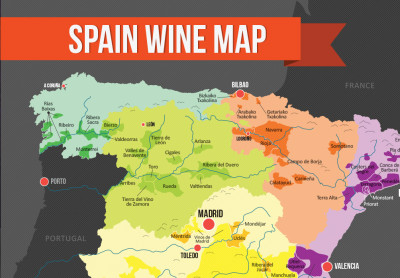
Learn More about Spanish Wine
Check out all the Spanish wine regions and major Spanish wine varieties on this awesome map.
See Spanish Wine Map
Popular Cava Producers
Cava DO (denominacion de origen) is the official classification of Cava. It can be produced throughout Spain but most Cava is made in Penedes (next to Barcelona) and in the Ebro River valley (in Rioja). There are now close to 200 producers registered with the Cava Consejo Regulador.
What you see below is just a snapshot of many possibilities.
How do the Spanish pull off high quality bubbles so cheaply?
After visiting Jaume Serra just outside of Barcelona, we figured out how the Spanish can produce Cava so cheaply. They’ve fully adopted advanced mechanization in order to produce, store and bottle their Cava.
 Unmanned forklifts work tirelessly 24 hours a day to achieve high quality bubbles for sub-$10 retail
Unmanned forklifts work tirelessly 24 hours a day to achieve high quality bubbles for sub-$10 retailIt’s amazing if not a little creepy to see unmanned forklifts in perfect formation carefully collect, riddle and stack millions of bottles. The warehouse thunders with activity but there’s not a single human in sight. Surprisingly, the wines are delicious.
We are a lot closer to iRobot than you think.

